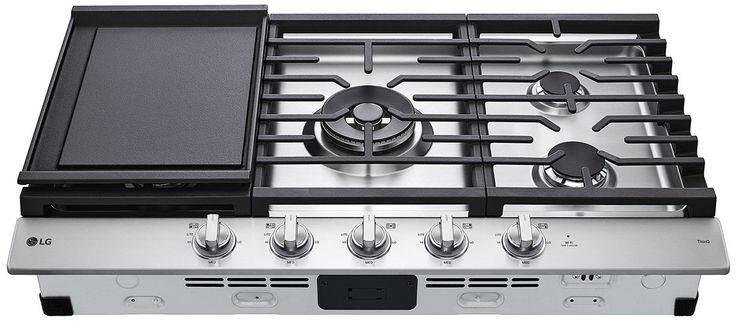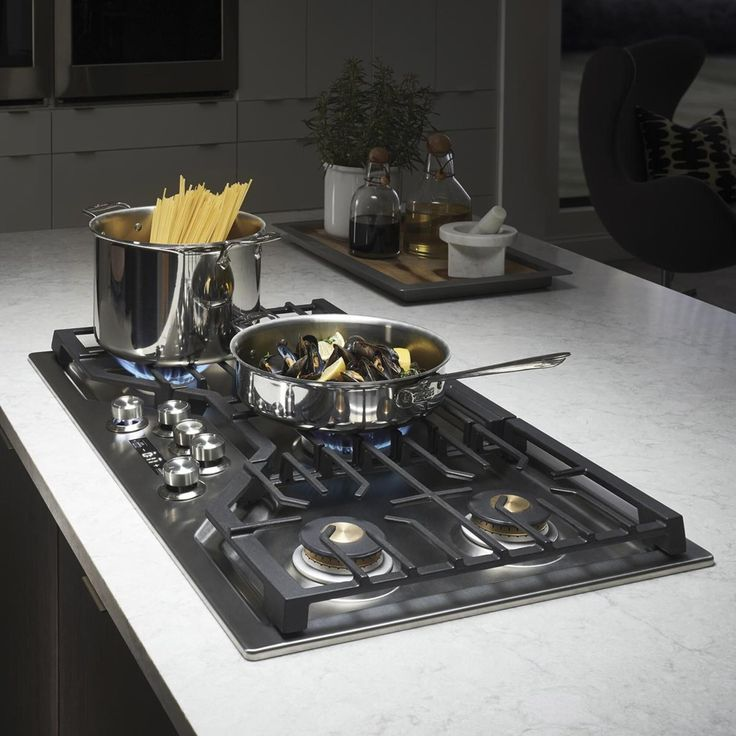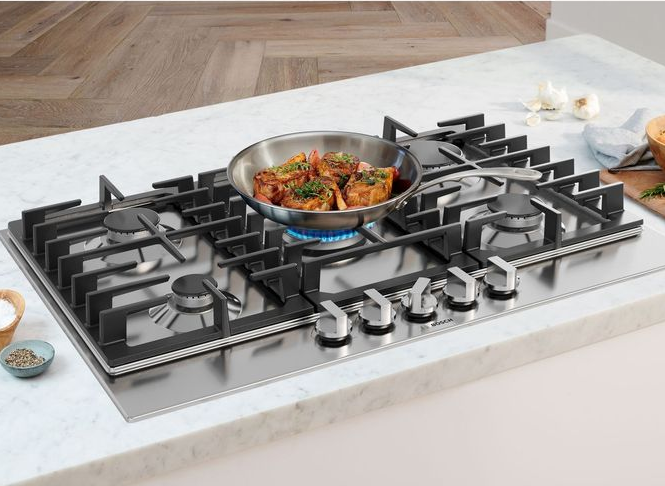How to disinfect a stove

Creating a cozy summer home that serves as a peaceful retreat requires careful selection of appliances that enhance comfort without compromising on style or efficiency. At Appliances 4 Less Little Rock, we cater to residents in Little Rock, Benton, Conway, and Pine Bluff with an array of open box, scratch, and dented appliances that are perfect for elevating your summer living. Here’s our guide to the essential appliances for a cozy summer home.
Have you noticed that the grease on the surface of the stove is getting thicker and thicker, and that the knobs are sticky and dull? These sanitary dead ends not only affect the cooking experience, but are breeding grounds for bacteria. According to tests, the bacterial density on the surfaces of unsecured stoves can be up to 10 times that of ordinary countertops. Pathogenic bacteria such as E. coli and Staphylococcus aureus bacteria can easily contaminate food ingredients during cooking. If you want to clean the stove thoroughly, it is very important to master the scientific method. The following five practical steps will help you overcome your cleaning problems easily.

1. Precise preparation
Build a complete kit before cleaning: 3 essential cleaning tools (nano sponges for flat surfaces, pointy brushes for crevices, steel wool balls with aluminum foil for stubborn stains) , class 3 cleaning agents (500 ml spray bottle of white vinegar, 200 g baking soda, neutral kitchen cleaning agent) , protective equipment is recommended to use acid-resistant rubber gloves + anti-fog goggles combination. Before operation, perform the principle of”Double break and three clean”: disconnect the gas main valve and power switch, clear the table debris, remove the stove pot, clean up the food residue around the stove, create a safe space for deep cleaning.
2.the pretreatment attack
Two-step method of”Dissolve first and scrape later” is adopted: mix white vinegar and hot water 1:1 into a spray bottle, spray evenly to cover the oily surface, let it stand for 5 minutes to soften the oil; Mix baking soda and water into a paste and apply. Use the Sodium bicarbonate to dissolve the dirt. When cleaning, follow the”From weak to strong” principle: first with a nano-sponge gently wipe, the residual stubborn stains can be rolled into a ball of aluminum foil instead of steel ball, both efficient decontamination and avoid scratching coating. Focus on the area around the burners: use a used toothbrush to clean the burners at a 45-degree angle.
3. Deep elimination and killing
Adopt”Soak + wipe” double disinfection program: detachable parts (stove rack, pot bracket) immersed in 60 °C hot water and 2% baking soda solution for 15 minutes, using the principle of expansion and contraction of loose dirt, after removal, boil for 10 minutes to complete high-temperature sterilization; non-removable area selection of food-grade chlorine disinfectant (diluted by 1:100 ratio) , the use of disposable disinfection wet wipes for”Z” shaped wipe, focus on covering knobs, igniters and other high-frequency contact parts, after disinfection need to use clean water to avoid secondary chemical residue.
4.Precision Maintenance
Carry out”Three check three clear” maintenance standard: 1 check point fire needle: with cotton swab dipped in anhydrous alcohol directional cleaning, ensure ignition end bright without carbon deposition; 2 check the gas nozzle: use a special dredging needle (paper clip can be used to change) to clean the air holes, with the blower cold wind blowing; 3 check the control panel: Use Wet microfiber cloth to wipe, do not use alcohol-based cleaners to prevent corrosion. Special note: when cleaning the burner distributor, turn it upside down and tap to remove internal dust deposits. Avoid direct rinsing which may result in dampness of the electronic component.
5. long-term protection
Establish a”321″ maintenance mechanism: weekly basic cleaning (wipe the table, clean the oil box) , monthly implementation of deep disinfection (repeat the above five-step process) , professional-grade quarterly maintenance: apply a thin layer of beeswax to metal parts to prevent oxidation, use WD-40 lubricant on knob cores, and use Compressed air dusting on electronic control modules. Daily use suggestion: after cooking while the heat with a wet cloth, can reduce 70% oil adhesion; oil box lining kitchen paper towels, convenient for regular replacement.

Through systematic cleaning process, not only can significantly reduce the bacterial load in the kitchen, but also can improve the thermal efficiency of the stove by 15%-20% , and extend the service life of the equipment by 3-5 years. With these practical tips, you can also become a kitchen cleaning expert and make sure every cooking is done in a safe and clean environment.

